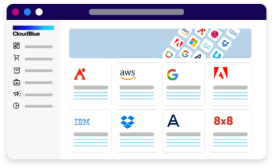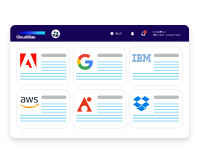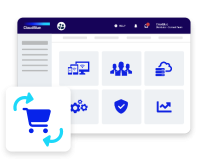Billing management refers to the process of handling and overseeing the various aspects of billing and invoicing within an organization. It involves managing diverse types of billing models, integrating billing systems with third-party platforms, and automating the invoicing process.
Billing management encompasses the following key elements:
- Billing Models: It involves the ability to handle different types of billing models to accommodate the unique requirements of products or services. This includes one-time billing, where customers are charged a single fee for a product or service. Usage-based billing allows customers to be billed based on their usage or consumption, such as pay-per-use or metered billing. Recurring billing involves charging customers on a regular basis, typically monthly or annually. Installment billing allows customers to pay for a product or service in multiple installments over a specified period.
- Integration with Third-Party Systems: Billing management includes integrating billing systems with external platforms, such as customer relationship management (CRM) systems or enterprise resource planning (ERP) systems. This integration enables the automatic generation and delivery of invoices, synchronization of customer data, and seamless flow of financial information across different systems.
- Automated Invoicing: Billing management aims to automate the invoicing process to enhance efficiency and accuracy. By leveraging billing management systems, organizations can automatically generate invoices based on predefined billing rules, customer data, and transaction details. This automation minimizes manual errors, saves time, and ensures timely delivery of invoices to customers.
- Billing Analytics: Billing management often incorporates analytics capabilities to gain insights into billing processes, revenue streams, and customer payment patterns. By analyzing billing data, organizations can identify trends, track revenue performance, and make informed decisions regarding pricing, billing models, and customer retention strategies.
- Payment Processing: Billing management also involves managing the collection and processing of payments from customers. It includes providing multiple payment options, such as credit card payments, online payment gateways, or direct bank transfers. Organizations may also implement features like automated payment reminders, payment tracking, and reconciliation to streamline the payment process.
Effective billing management ensures accurate and timely invoicing, improves cash flow, reduces billing errors, and enhances customer satisfaction. It allows organizations to adapt to different billing models, integrate with external systems, automate invoicing processes, and gain valuable insights into revenue streams. Ultimately, billing management plays a crucial role in optimizing financial operations and maintaining strong customer relationships.













